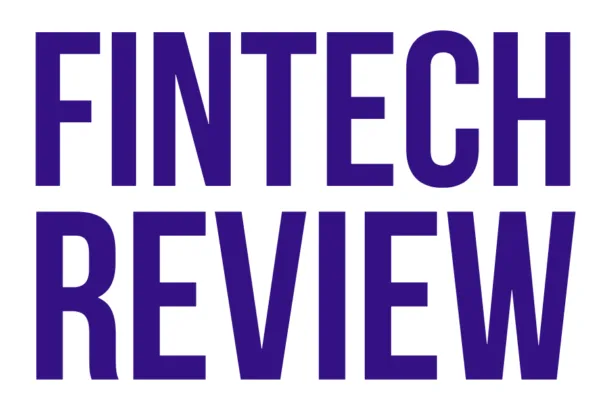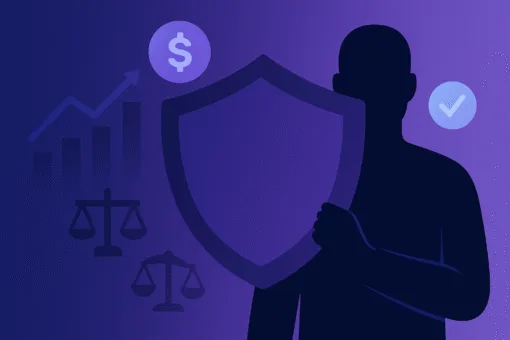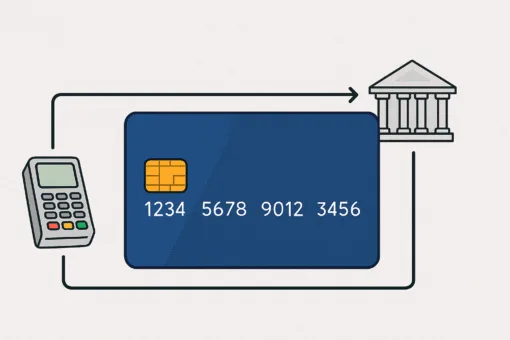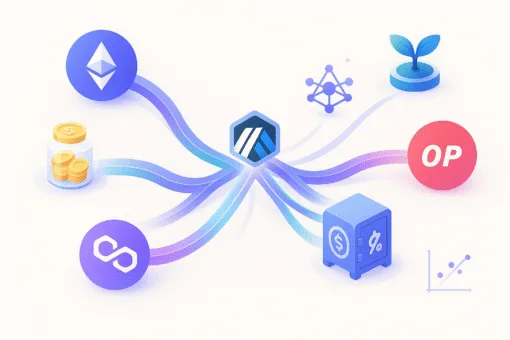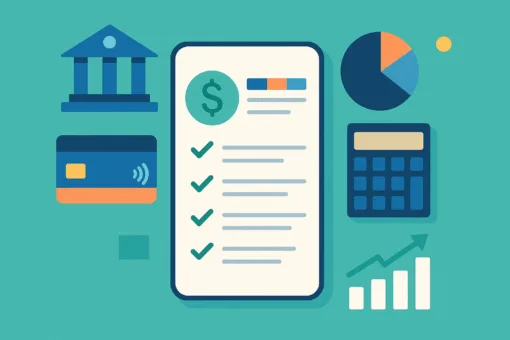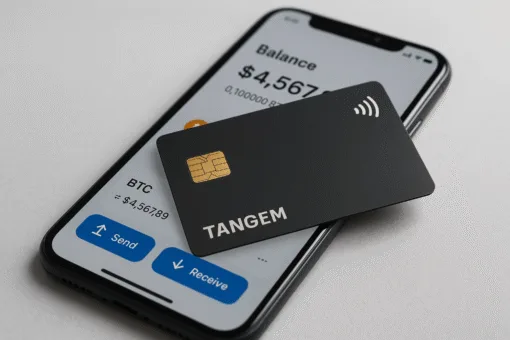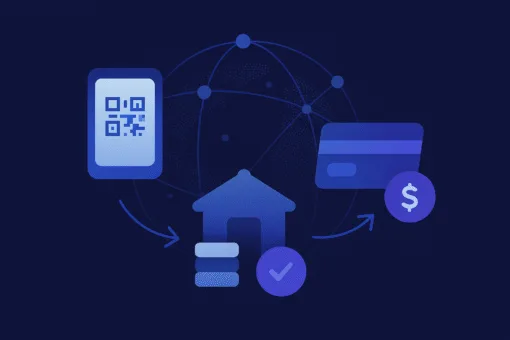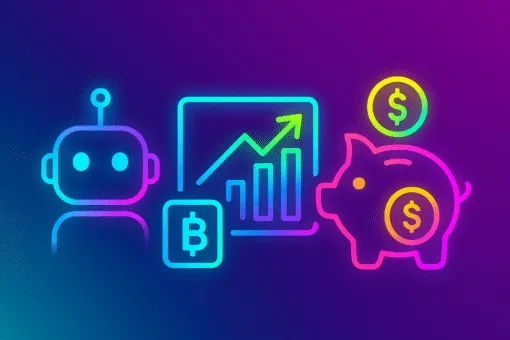As the fallout from the Covid-19 pandemic takes its toll on economies around the world, central banks are cutting their base rates (or discount rates) to new lows. This is the rate at which a commercial bank can borrow from a central bank, like the Fed in the USA or the ECB in the Eurozone, when it needs to. These rates were already significantly lower than before the Great Financial Crisis. Some central banks are even going negative, which is particularly uncommon. A monetary policy experiments from economics books. Are low interest rates any good for banks and fintechs? Or is a low interest rate environment negatively impacting financial services?
Drowning in cheap money…
But cheap money is good, is it not? That’s basically the premise of quantitative easing or QE. You know, this great experiment started at the height of the crisis in 2009. Central banks printing money like there is no tomorrow so that it trickles down in the economy. So, basically flooding the economy with cash. But here is the catch…
Firstly, the money does not really trickle down. That’s kind of a myth. “Trickle-Down Economics” is a theory that actually never materialized from the Reagan years in the USA in the 1980s to justify tax cuts. It is a supply-side economic policy built on the premise that large tax cuts to businesses and the wealthy eventually create value at the bottom of society. That is what QE is supposed to do: create liquidity at the top that somehow finds its way down by being reinvested into companies, ultimately creating jobs. But it does not. Quantitative easing just inflates asset prices like equity or real estate.
Secondly, to put it into context, interest rates do not tend to be that low. It is true that if you look at the history of interest rates, as Homer & Sylla have in their eponymous book, the 1970s and 1980s were clearly an anomaly with incredibly high interest rate for prime borrowers. Even going back hundreds of years to the 1600s, interest rates were not that high. But ultra low or even negative rates combined with quantitative easing are not particularly normal either…
… good for banking?
But back to the problem at hand, besides Quantitative Easing, are low interest rates actually any good for banks and fintechs and the rest of the financial services industry?
As you can expect, not really. The challenge is, low interest rates means low net interest margin for banks. That is, the difference between the rate at which a financial institution lend and how much it pays for the deposit it holds or the wholesale funding. It is a bit more complicated than that, but that’s the short story.
As base rates go lower, financial institutions have to lower the rates they pay on deposits. Because most of their lending products like mortgages track the base rate and therefore the interest rate on these goes down. However, there is just so low they can go to attract and keep depositors and their savings accounts or investors. Which means that ultimately, margins get squeezed. Even worse if the base rate goes into negative territory, do you start charging people to keep their money in their checking or current accounts to pass on that change? Some banks have indicated that they would. So if you are a bank, that’s quite bad.
But if you are a fintech lender without cheap deposits like personal current accounts or checking accounts, like a peer-to-peer lender, that’s even worse. You probably are not able to tap easily into the wholesale market either, and you cannot rely as much on fees like a bank would to compensate for the low interest rates.
On the positive side, if you are a borrower, that’s quite good because interest rates on your products are lower. Notably on mortgages or any other lending product tied to the base rate. In some countries within the Eurozone, it is common to borrow below 1% for a 20-year mortgage. That’s obviously to be balanced with the fact that your savings account pays nothing and that you might be charged for having cash on your checking account. So low interest rates are not particularly good for banks and fintechs.
If low interest rates are not good for banks and fintechs, who is benefitting?
If it’s bad for the financial service industry, who is it good for?
Well, the benefits for the wider economy are debatable and that’s an understatement.
In theory, low interest rates push investors, and more generally cash holders, to lend or simply spend their money instead of holding on to it. The same goes for quantitative easing: the central bank buys bonds (mostly) in the hope that investors then reinvest their cash into the economy. Instead, equities’ valuation, notably in the USA, and real estate in major cities go through the roof. Dividends to shareholders are increased or stock buy-backs happen, and average people in said cities cannot afford to buy… Low interest rates do not push banks to lend more because they are not willing to adapt their risk appetites, and instead they pass on the changes to their customers.
Another way to see that it is not working is that there is barely any inflation. Asset price inflation, yes, consumer goods inflation, not really. Which means the money is not flowing into the economy.
“I don’t think quantitative easing is deliberately misleading, but I do think it’s suspiciously bland and reassuring. It doesn’t sound like anything big, experimental, scary and strange – which is what many economists think it is.”
John Lanchester
